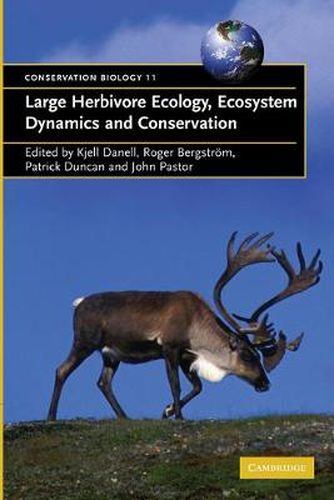Readings Newsletter
Become a Readings Member to make your shopping experience even easier.
Sign in or sign up for free!
You’re not far away from qualifying for FREE standard shipping within Australia
You’ve qualified for FREE standard shipping within Australia
The cart is loading…






Most large herbivores require some type of management within their habitats. Some populations of large herbivores are at the brink of extinction, some are under discussion for reintroduction, whilst others already occur in dense populations causing conflicts with other land use. Large herbivores are the major drivers for forming the shape and function of terrestrial ecosystems. This 2006 book addresses the scientifically based action plans to manage both the large herbivore populations and their habitats worldwide. It covers the processes by which large herbivores not only affect their environment (e.g. grazing) but are affected by it (e.g. nutrient cycling) and the management strategies required. Also discussed are new modeling techniques, which help assess integration processes in a landscape context, as well as assessing the consequences of new developments in the processes of conservation. This book will be essential reading for all involved in the management of both large herbivores and natural resources.
$9.00 standard shipping within Australia
FREE standard shipping within Australia for orders over $100.00
Express & International shipping calculated at checkout
Most large herbivores require some type of management within their habitats. Some populations of large herbivores are at the brink of extinction, some are under discussion for reintroduction, whilst others already occur in dense populations causing conflicts with other land use. Large herbivores are the major drivers for forming the shape and function of terrestrial ecosystems. This 2006 book addresses the scientifically based action plans to manage both the large herbivore populations and their habitats worldwide. It covers the processes by which large herbivores not only affect their environment (e.g. grazing) but are affected by it (e.g. nutrient cycling) and the management strategies required. Also discussed are new modeling techniques, which help assess integration processes in a landscape context, as well as assessing the consequences of new developments in the processes of conservation. This book will be essential reading for all involved in the management of both large herbivores and natural resources.